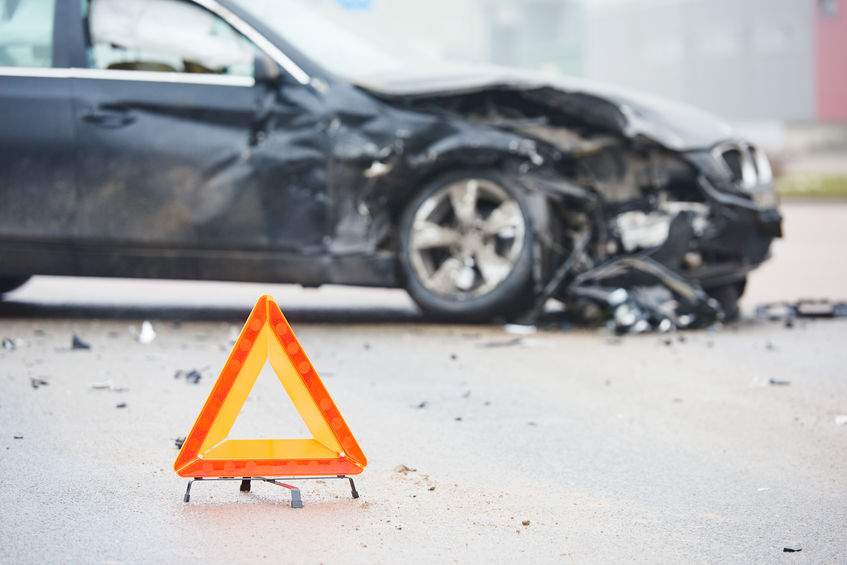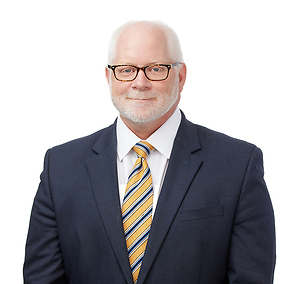Overview
 Often people are reluctant to use biomechanical engineers to assess claimed injuries from trauma. Biomechanical engineers, however, can provide helpful testimony and aid juries in making determinations. They can analyze the forces at play in an accident and determine the effect of these forces on the people involved. In some cases this is especially useful when the forces from an accident are not significant but the claimed injuries are.
Often people are reluctant to use biomechanical engineers to assess claimed injuries from trauma. Biomechanical engineers, however, can provide helpful testimony and aid juries in making determinations. They can analyze the forces at play in an accident and determine the effect of these forces on the people involved. In some cases this is especially useful when the forces from an accident are not significant but the claimed injuries are.
A biomechanical engineer can fill in the gaps that are left when only a medical expert is used. Physicians traditionally diagnose injuries and determine treatment. They will not assess the physical forces and motions that allegedly create injuries during an accident. While not qualified to diagnose injuries, biomechanical engineers can interpret the diagnoses given by a plaintiff’s treating physicians in conjunction with the mechanisms of an accident. See McKeon v. City of Morris, No. 14 CV 2084, 2016 WL 5373068, at *6 (N.D. Ill. Sep. 26, 2016); and Phillips v. Raymond Corp., 364 F. Supp. 2d 730, 742 (N.D. Ill. 2005). Simply put, biomechanical engineers can talk about whether a plaintiff’s alleged injuries were caused by the accident.
It is important that a biomechanical engineer’s opinions do not seek to diagnose or attempt to diagnose a plaintiff’s injuries. Their opinions must be confined to the mechanics of an accident and the possible effects of the forces. In McKeon v. City of Morris, the Northern District of Illinois reinforced that biomechanical engineers can testify as to the mechanism of a plaintiff’s injury, and that this is exactly the type of testimony that a biomechanical engineer can offer to assist a jury.
Biomechanical engineers can also help a jury to understand the relationship between medical opinions and the forces in an accident. These opinions fulfill a different, complementary role to the opinions of doctors. It is important to remember that whether an accident actually caused an injury is a question that is left to the jury. See Taylor v. Bennett, 323 F.2d 607, 609 (7th Cir. 1963). Testimony from a biomechanical engineer can assist the jury in deciding this key question in a case. McKeon, 2016 WL 5373068 at *3.
With the Illinois Supreme Court’s recent decision in Peach v. McGovern, biomechanical engineers can add import to the value of post-accident vehicular photographs if the photographs are admitted by the trial court. A biomechanical engineer can assist to relate the vehicle damage, or lack thereof, in the post-accident photographs to the probability that the accident caused the plaintiff’s alleged injuries.

